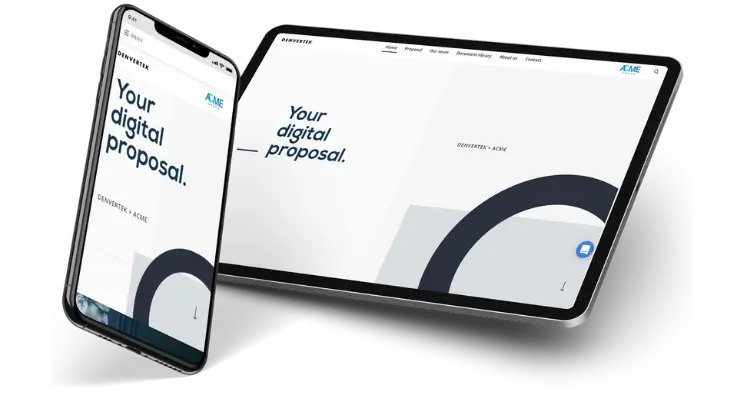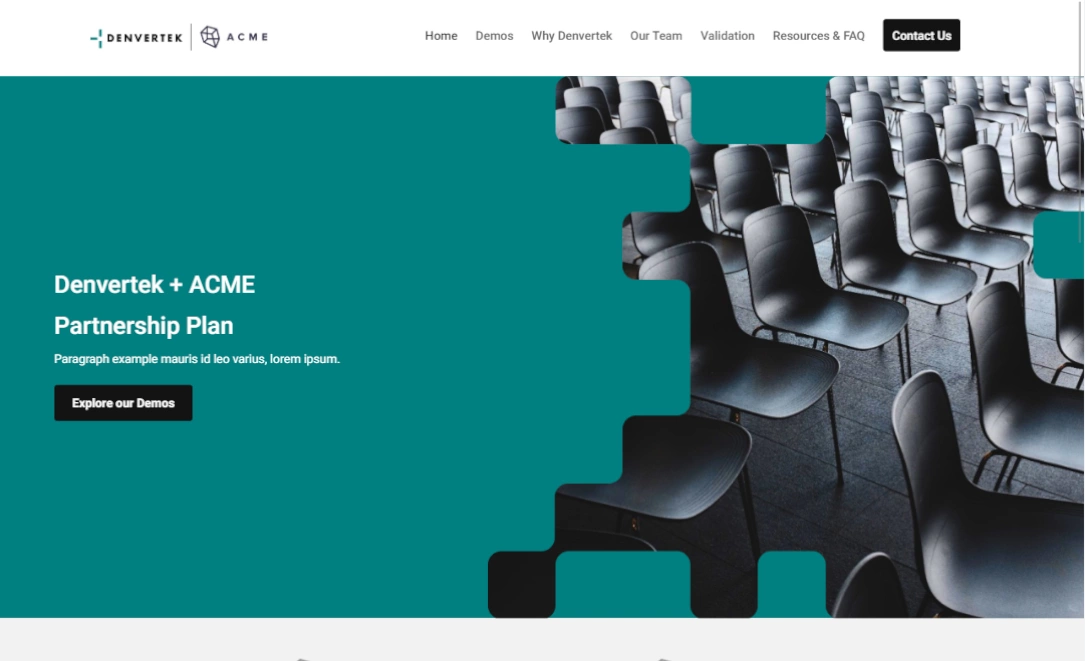2020 was the year in which the world embraced remote working (by necessity). 2021 is going to be the one in which companies begin getting comfortable with remote everything and integrating it into their medium to long term business strategies.
Riding alongside that process, it’s going to be a year full of changes for those of us in the microsite world. As lockdown restrictions ease, we’re going to see a gradual resumption of traditional business events such as in-person meetings, but ultimately online events are here to stay. And microsites are also going to play an increasingly important role in technology stacks.
Here are our top 5 predictions for this year in more depth:
More microsites at events
These days, we’ve all become accustomed to doing business over online messaging apps, Zoom meetups, and other such web-based environments.
For businesses, this move to the internet is a good thing. In-person events — such as trade shows — will inevitably return. But it’s becoming cheaper and easier to hold casual business interactions using just a computer and a webcam.
Microsites have an important role to play in this transformation, as they’re an ideal tool to create assets such as:
- Event registration forms
- Landing pages
- Online meeting playback pages
- Post-event questionnaires
Integrating these kinds of one-time assets into “main” websites is a tedious, time-consuming, and often illogical process. After all, an event registration page is not going to be of use after an event has been held. Instead, it makes a lot more sense to develop these assets using a much simpler and quicker microsite technology. After the event has been held, there won’t be out-dated pages cluttering up the main marketing site.
Goodbye PowerPoint. Hello microsite
At Zoomforth, our design team helps clients around the world make the very best use out of our platform.
An increasing trend we’ve seen is companies using microsites in lieu of presentations. Previously, many companies were simply embedding presentations into microsites. These days, companies are embedding the content directly into the pages and using the microsite itself as the asset to present.
This approach actually makes it easier for multiple hands to get involved in the editing process. It’s also quick to update and changes can be pushed out to clients almost instantaneously.

Microsites entering the mainstream
At Zoomforth, we’re passionate about microsites and creating streamlined content experiences. While we’d like to see every company utilize what can be achieved by using microsites, a lot of organizations are still very much enamored by static documents like Powerpoint and Word. But things are quickly starting to shift.
We predict that 2021 is going to be the year in which microsites enter the mainstream and become established as a standard part of the technology stack for larger organizations. Just like websites did decades ago. Microsites are diverse assets that fulfill a very important function by allowing businesses to host web content somewhere other than on their main marketing site (with all the red tape that the latter can entail). They’re typically created using user-friendly platforms and are designed to be quick to duplicate and easy to secure.
Some of the use-cases that we’ve seen Zoomforth used for include:
- Account based marketing (ABM)
- Client portals
- Onboarding portals for new employees
- Recruitment pages
- Internal communications such as newsletters
- Sales proposals
We expect an uptick in use for all these purposes during this calendar year.
Everybody will be creating them
The low-code / no-code revolution is truly in train and these days one doesn’t need to know a single thing about HTML or CSS to interact with many web design platforms (including Zoomforth).
In 2021, we expect to see departments that would have typically shied away from web development processes getting involved, perhaps for the first time, in developing online resources for their organization.
- Your average HR department can develop a microsite for onboarding and talent acquisition without requiring any input from the IT team.
- Teams can quickly pull together microsites to present updates to senior executives.
Creating a microsite becomes as easy as typing up a Google document. It’s click and point. No coding necessary. At all.
More cross-tool integration
As microsites move further into the tech mainstream, we’re also expecting to see teams put more effort into creating integrations between microsites and other important business tools such as CRMs and applicant tracking systems (ATS) for recruitment.
Some of the use-cases we have seen to date include:
- CRM lead capture forms being used in microsites
- ATS properties being embedded into recruitment microsites to present other job opportunities to talent being attracted through personalized means (a key microsite use)
We expect to see this trend branch out into other areas of integration.
More and better microsites
Overall, we’re expecting companies to start placing more emphasis on content experience platforms this year and utilizing microsite in new and interesting ways. Even as in-person business slowly resumes, the positive effects of 2020’s migration to remote business and tools will continue to reverberate.
To learn more about how microsites could help your organization do business, visit www.zoomforth.com.



